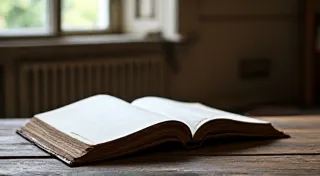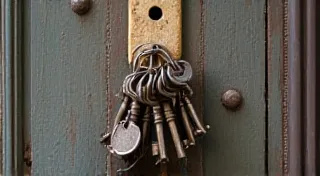The Inkwell's Lament: How History Whispers Through a Cracked Nib
There’s a peculiar magic that settles over you when you hold a vintage fountain pen. It’s not just the weight of the metal, the feel of the ebonite, or the smooth glide across paper. It’s the sense of connection, a quiet echo of lives lived, stories written, and thoughts meticulously recorded by hands now long still. These aren’t just writing instruments; they are time capsules, each scratch and imperfection a silent testament to a journey through decades.
I remember the first time I truly felt that connection. It was a 1920s Waterman, a dark green ripple-patterned beauty, rescued from a dusty antique shop. The nib was bent, the sac brittle, and a network of fine cracks spiderwebbed across the barrel. It felt…sad. Not in a dramatic way, but in the quiet resignation of something cherished, then forgotten. I bought it, not with any grand plan to restore it to pristine condition, but simply to offer it a moment of respite from the indifference of neglect. That first pen taught me that true appreciation isn’t always about perfection, but about understanding the story etched into its flaws.
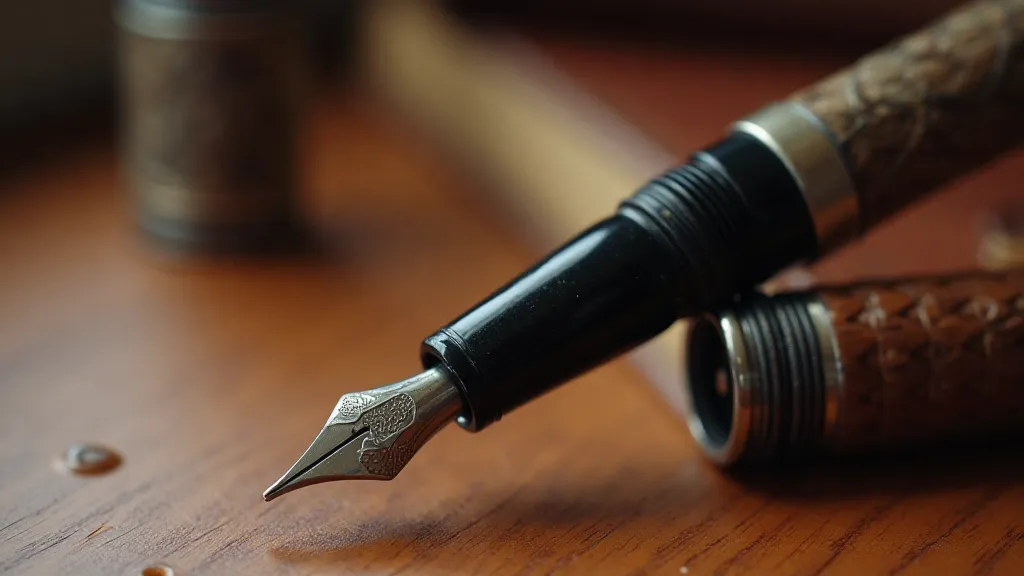
The Craftsmanship of Eras Past
To understand the emotional resonance of these pens, we need to appreciate the level of craftsmanship that went into their creation. In the early 20th century, fountain pens were luxury items, often commissioned or purchased for significant sums. The makers – names like Parker, Waterman, Conway Stewart, and Sheaffer – employed skilled artisans who took immense pride in their work. Nibs were hand-ground, sacs meticulously crafted, and barrels polished to a deep, lustrous shine. Every detail, from the filling mechanism to the clip design, was considered a mark of quality and elegance. Think of the countless hours poured into the creation of a single pen – a tangible embodiment of human skill and artistry.
The materials too, were often superior. Ebonite, a hardened rubber, was favored for its durability and ability to hold ink reliably. Celluloid, with its vibrant colors and intricate patterns, became a design hallmark. Gold, precious metals and intricate engine-turned decorations all contributed to the status and value of these writing instruments. These materials, often sourced carefully and worked with great skill, provide a tactile connection to a time when quality was paramount. The artistry wasn’t just about the finished product; it was about a dedication to process and a respect for materials that is often lost in modern manufacturing. Many enthusiasts find that simply contemplating the creation process enhances their appreciation for these historic pens, sparking an interest in the stories and techniques behind them – almost a form of modern alchemy of pen repair.
Restoration vs. Preservation: A Delicate Balance
The question of what to do with a damaged vintage pen is a complex one. Do you strive for a complete restoration, bringing it back to its former glory? Or do you opt for preservation, accepting its imperfections as integral parts of its history?
Restoration, at its best, can reveal the beauty hidden beneath years of neglect. A bent nib can be straightened, a cracked barrel carefully repaired, a dried-up sac replaced. However, it's a process fraught with ethical considerations. Each repair leaves a trace, a subtle alteration to the original fabric of the pen. Over-restoration can erase the evidence of its past, diminishing its historical significance. A pen that has survived wars, economic hardship, and the relentless passage of time, carries a story within its wear. To aggressively “fix” that wear is to silence a whisper from the past.
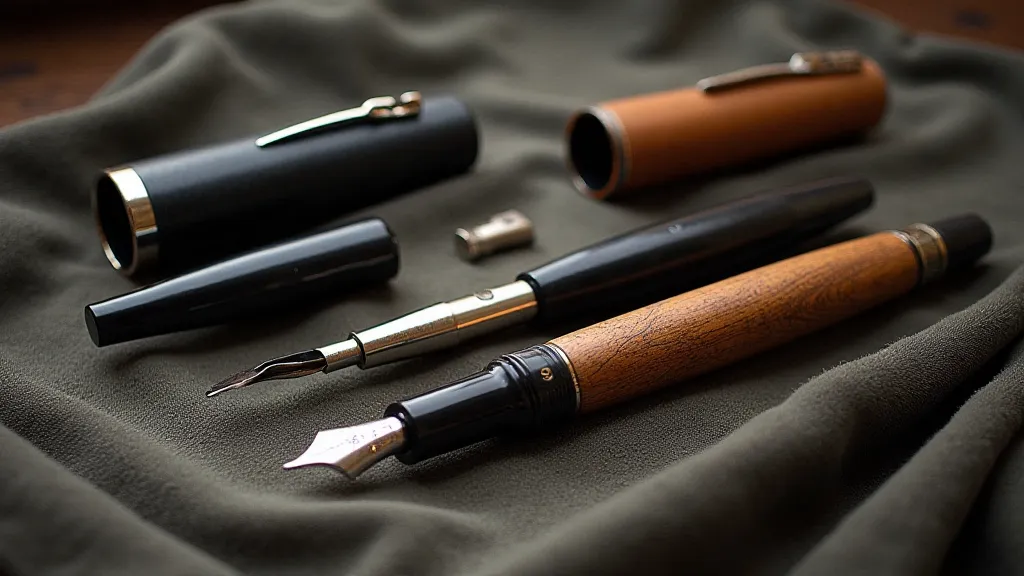
Preservation, on the other hand, acknowledges the pen’s history as it stands. It involves cleaning and basic maintenance to stabilize its condition, but avoids any significant alterations. A cracked barrel remains cracked, a faded inscription remains faded. This approach respects the pen's authenticity, allowing it to continue telling its story, however incomplete it may be. It’s an act of reverence, a recognition that the value of a vintage pen isn’t solely determined by its physical perfection, but also by its unique journey through time. This method allows future generations to connect with the past, understanding not just the pen’s initial design, but also the effects of time and use. Discovering the untold histories of these manufacturers themselves is a worthy pursuit, much like uncovering documents of forgotten pen makers.
The line between restoration and preservation is often blurred. A careful cleaning, for example, can improve the pen's function without fundamentally altering its appearance. A simple repair of a leaking sac can breathe new life into a pen without compromising its historical integrity. The key is to approach each pen with respect, understanding that its imperfections are not flaws to be eradicated, but chapters in a larger narrative. The styles of writing that were facilitated by these instruments also evolved and changed alongside them; the pens themselves often influenced the craft of writing.
The Collector's Eye and the Writer’s Touch
For collectors, the appeal of vintage pens extends beyond mere aesthetics. It’s about owning a piece of history, a tangible link to a bygone era. A rare Waterman Ideal, for instance, isn’t just a pen; it’s a symbol of early 20th-century innovation and luxury. A Conway Stewart Marlborough, with its distinctive Marlborough clip, speaks to a specific time and place in British craftsmanship. Each pen represents a connection to the individuals who created it, who used it, and who cherished it. Collectors often find themselves drawn to the nuances of design and the subtle differences between models, meticulously documenting their findings to share with fellow enthusiasts.
But even for those who aren't avid collectors, the emotional resonance remains. Imagine the writer who used that Waterman to draft a heartfelt letter, or the businessman who signed important contracts with a Parker Duofold. These pens have witnessed moments of joy, sorrow, triumph, and disappointment. They have been silent observers to the ebb and flow of human experience. To hold one in your hand is to participate, however fleetingly, in that shared history. These instruments, beyond their functional purpose, helped shape the way we communicate and express ourselves. The very act of writing with a fountain pen can be a meditative experience, allowing for a more deliberate and considered approach to composition – truly impacting modern writing styles.
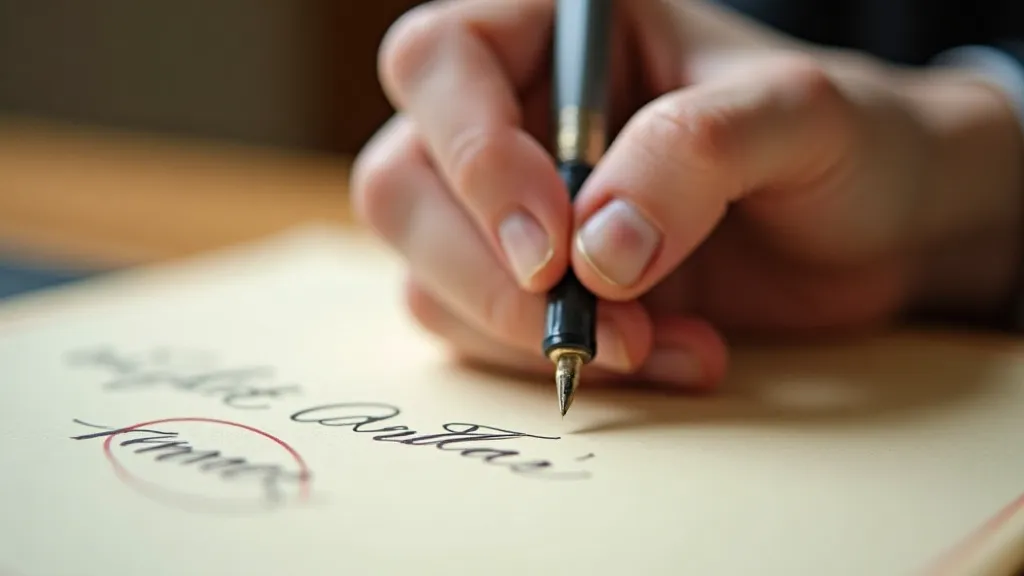
The impact extends beyond the written word; these pens often represent a specific era in design and technology. A meticulously preserved pen can be a window into the past, offering insights into the social, economic, and artistic values of the time. Imagine the hands that held them, the desks they graced, and the stories they helped to create. It is a profound connection to a history that continues to shape our present. Considering the vast landscape of creative output fostered by these pens leads one to reflect on lost territories of inspiration; the exploration of which, can be quite illuminating – a journey into mapping lost territories of creativity.
Ultimately, the care and treatment of a vintage pen should be guided by a deep appreciation for its history and its craftsmanship. Whether you choose to restore it, preserve it, or simply admire it, remember that it is more than just an object. It is a vessel of stories, a testament to human skill, and a link to a time when things were made to last. The legacy of these pens extends far beyond their material value; they represent a commitment to quality, artistry, and the enduring power of human connection.

